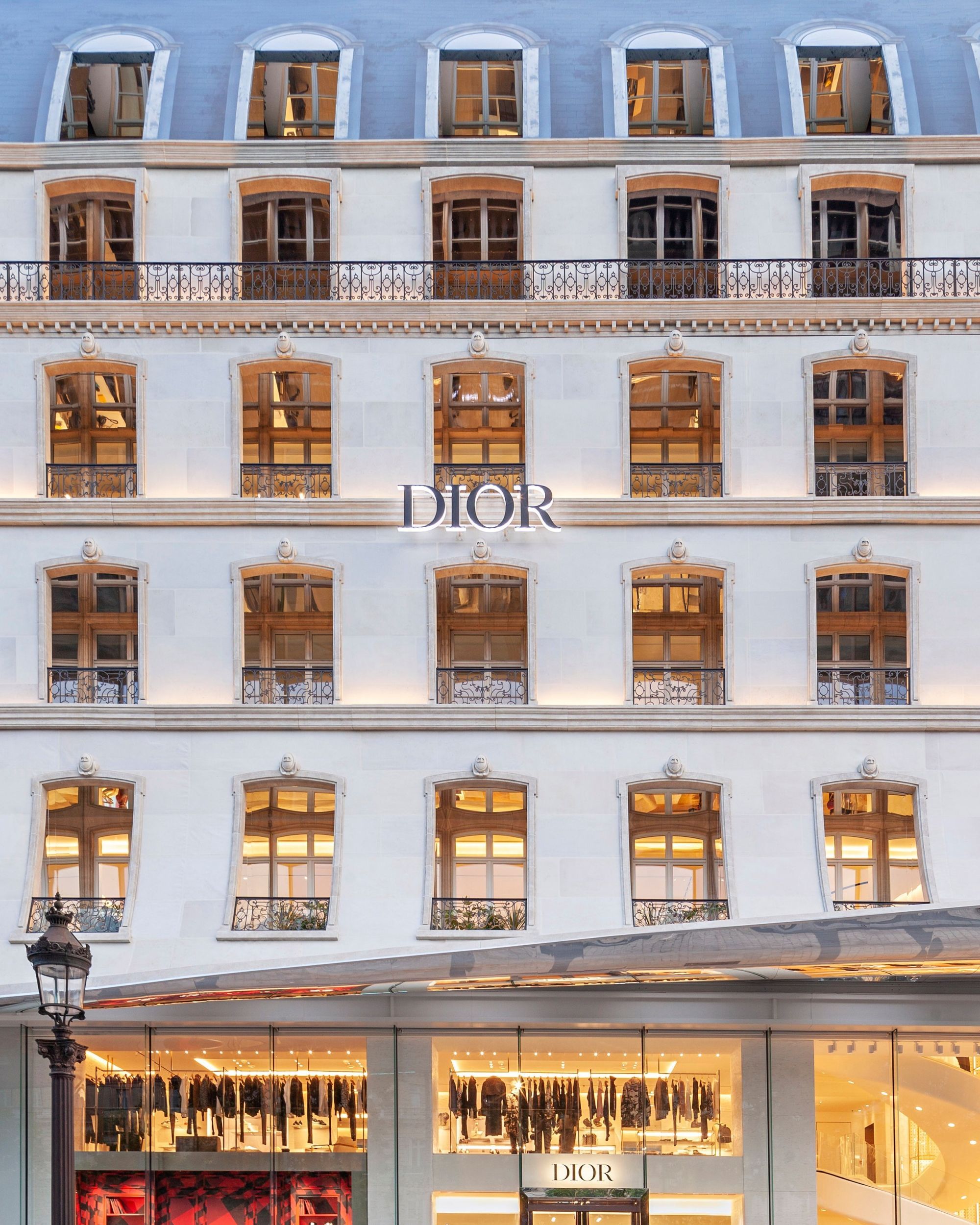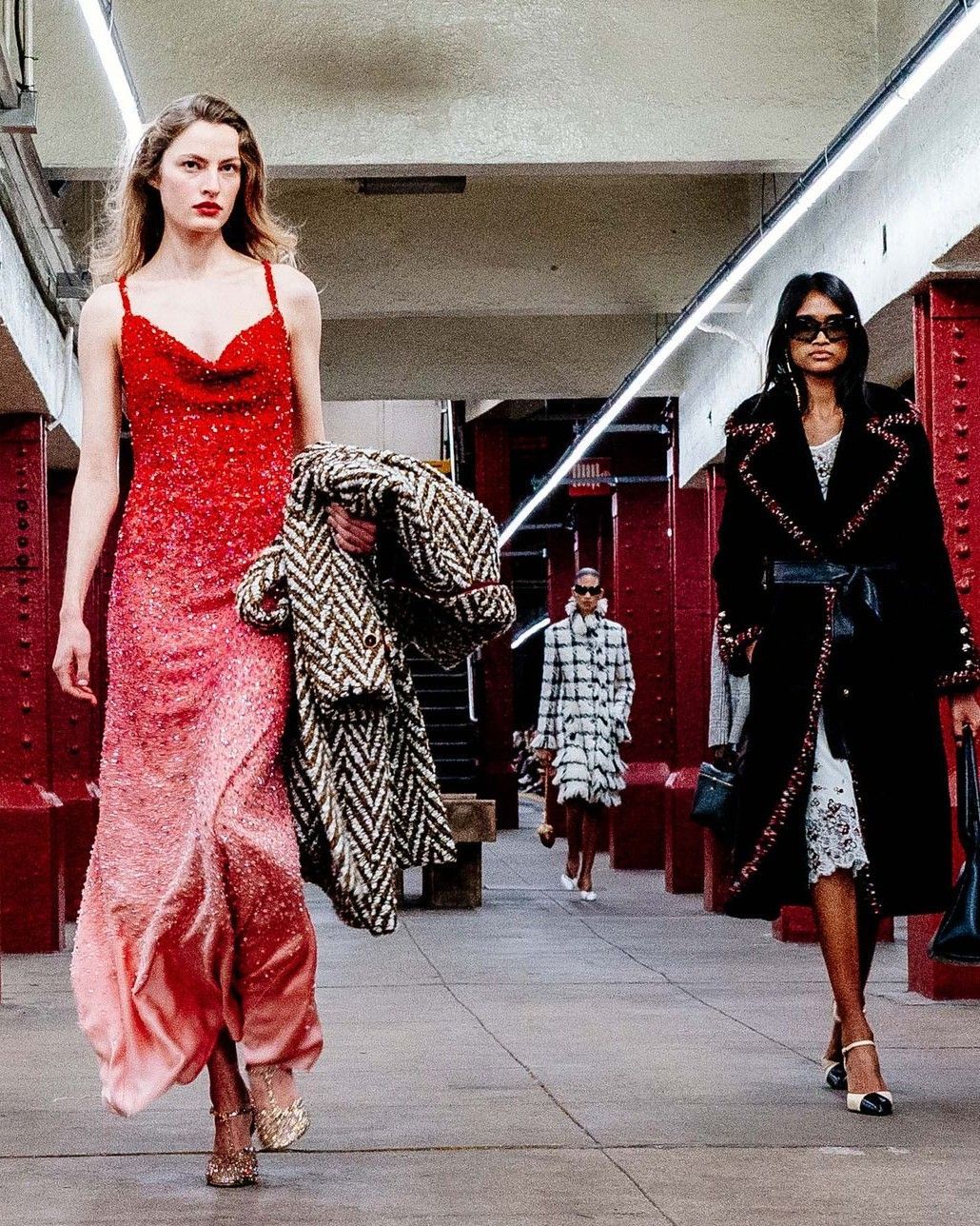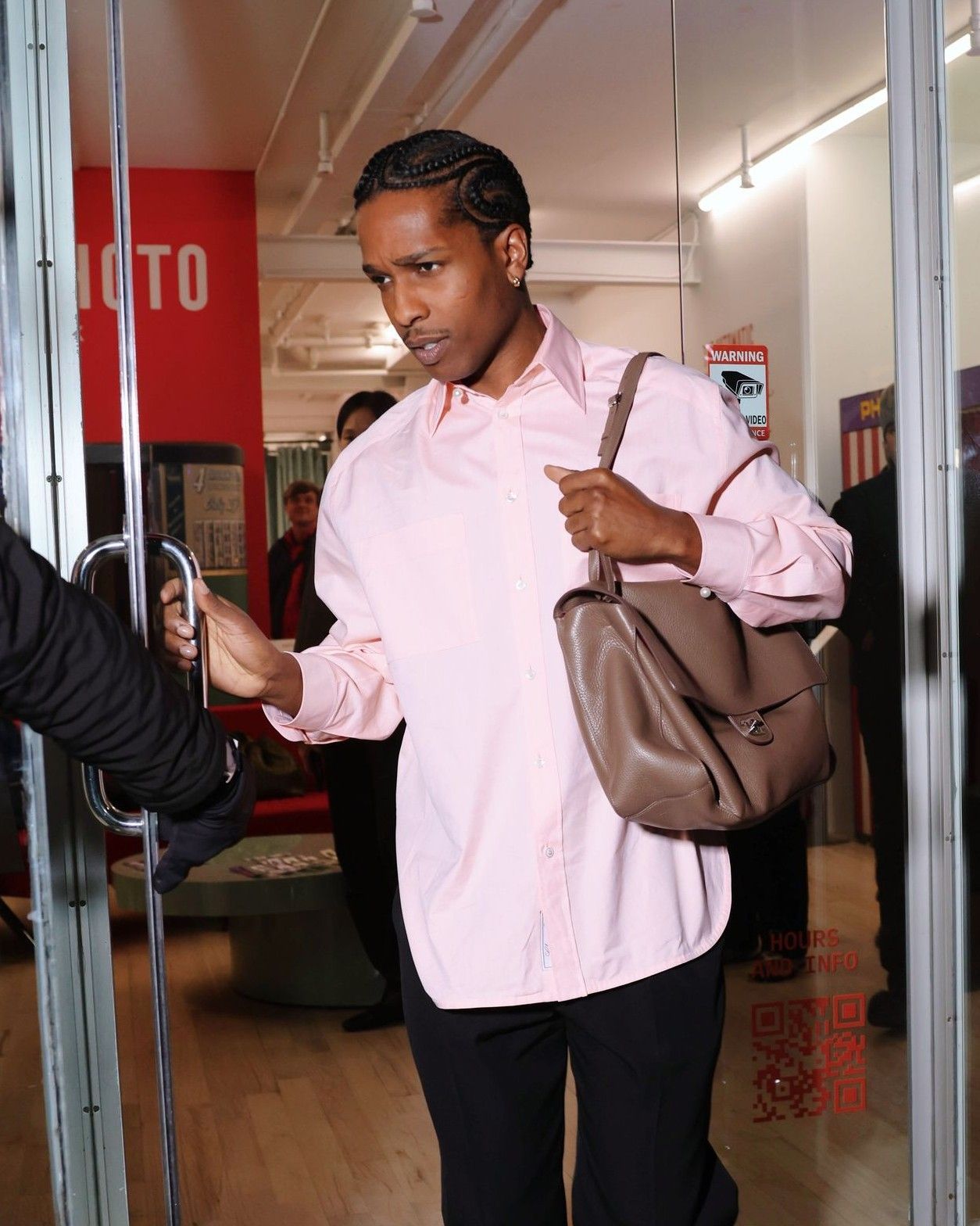
Fashion's real estate fever For luxury big players, it's like a gamble
This Tuesday, the tenth edition of the Altagamma Consumer and Retail Insight was held in Milan. During the event, which involved collaborations with BCG and Bernstein, the evolution of the luxury landscape was analyzed from both the consumer and retail perspectives. Specifically, Bernstein's study Luxury Retail Evolution, titled "Store Wars," focused on a very particular phenomenon that has emerged in recent months, which we might call the fashion real estate fever. In short, marking the opening of Dior's colossal store in Paris as the starting point, which combines a boutique, museum, restaurant, and hotel all in one, a season of real estate hunting has begun, involving major luxury industrial groups and leading to a series of acquisitions, often very significant both strategically and financially, transforming the main luxury streets of Paris, Milan, London, and New York into retail enclaves. But why this rush to invest in real estate? Luca Solca, Senior Research Analyst, Global Luxury Goods at Bernstein and author of the study, explained:
«In the past five years, the major luxury groups have spent about €10 billion on retail, with a significant acceleration of investments in the last 18 months. […]. The investments of the major groups are creating a domino effect, leading those who can afford it to move in the same direction. The perceived risk is to be excluded from the most important locations, in the same way this is happening in the best shopping malls in China».
@itsmeislife Dior’s flagship store in Paris! #dior #30montaigne #paris GOATED. - Armani White
Bernstein's study demonstrated that luxury retail has entered an escalation phase concerning store positioning, property size, and the services that can be provided within them. According to the new playbook, a luxury store or mall must, if we may use the expression, resemble one of those Las Vegas casinos: that is, it must be beautiful and Instagrammable, of course, but also make those who enter lose track of time by immersing them, in the least metaphorical way possible, in the universe of a certain brand. This is not new - even now, entering one of the many luxury boutiques on Montenapoleone, one can notice the architectural attempt to cut off the outside world through the relative lack of windows other than the showcases and the positioning of the VIP rooms in remote and isolated parts of the building. Just like in casinos, where there are games ranging from simple slot machines to blackjack tables, these new boutiques must also cater to all market segments: near the entrance are bags, perfumes, and small leather goods to buy; the further in you go, the more demanding the products become, culminating in private rooms where, between one glass of champagne and another, the most profitable transactions take place. Also like casinos, the “new” boutiques also function as tourist attractions and museums, in some ways, not unlike Caesar’s Palace and the Bellagio in Las Vegas.
But a point raised in the study shows that mega-boutiques are not always the way to go, on the contrary. Often these vast buildings are “big games” whose costs could easily ruin smaller companies, as investing in real estate tends to dilute the ROIC (Return on Invested Capital). This is particularly problematic for companies that generate and invest less money, as the earnings from these boutiques are about 2%. A dilution of investment that leads to poorer stock performance and a devaluation of the entire company in financial terms. And in such an aggressive market, lowering the value of a company means making it a potential target for acquisitions.
This without mentioning how such important investments risk impacting the resources needed by brands to sustain daily activities, such as maintenance of information and technology systems, staff resources, and marketing – all expenses that keep the brand and its retail point alive. In short, just like in casinos, it’s better not to bet too much money on a game where you risk losing, which is why the addresses of “alternative” luxury are often off-center from the classic shopping streets. A very advantageous investment, with operating costs a tenth of a classic store, is indeed the boutiques by appointment for VICs only – an area where Chanel and Gucci have already started working a few years ago. But now that the main streets of European capitals are completely full of boutiques, what will be the next playground for luxury?















































